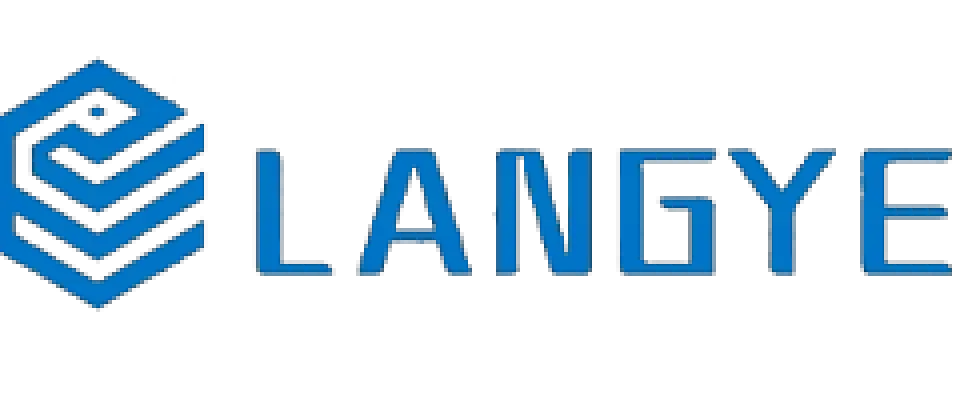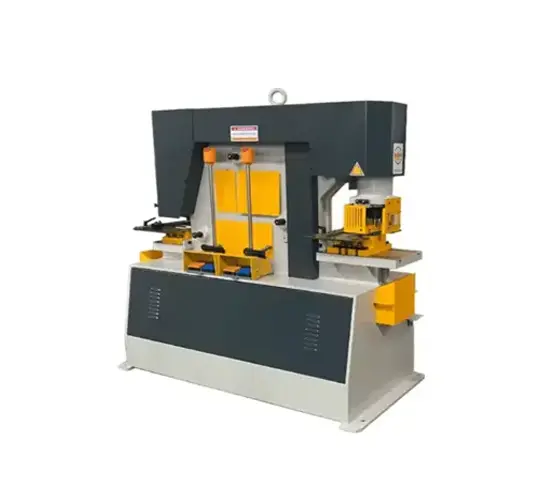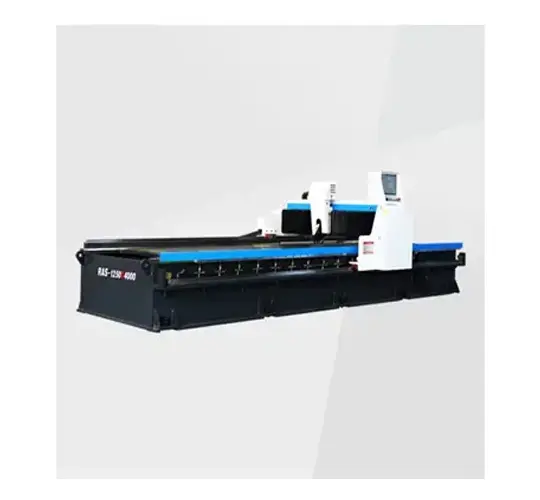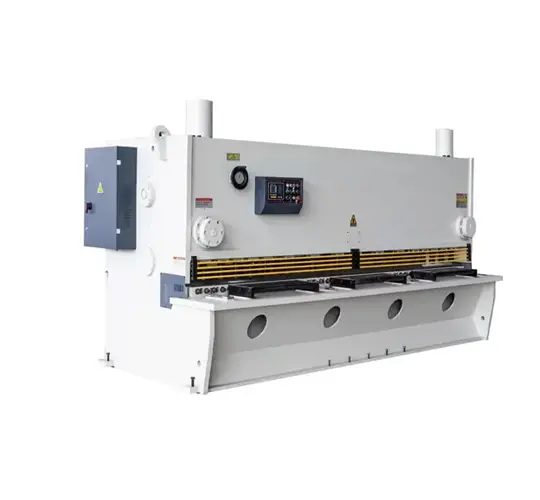In 2025, the choice between laser cutting and plasma cutting is pivotal for manufacturers seeking to optimize their metal fabrication processes. Each technology offers distinct advantages: laser cutting delivers unmatched precision and versatility for intricate designs, while plasma cutting shines in speed and cost-effectiveness for heavy-duty applications. Understanding the strengths and limitations of these methods is key to selecting the right tool for your workshop. This blog compares laser and plasma cutting, highlighting their unique benefits and ideal applications to help you make an informed decision.
What is Laser Cutting?
Laser cutting stands out for its exceptional precision and ability to handle a wide range of materials, making it a go-to choice for applications requiring intricate designs and tight tolerances. Capable of cutting metals, wood, plastics, and more, laser cutting machines offer unparalleled versatility, catering to industries like electronics, medical devices, and aerospace. Their high accuracy ensures clean, smooth edges with a minimal heat-affected zone (HAZ), reducing material distortion and enhancing edge quality. For thinner materials, laser cutting provides faster cutting speeds, boosting productivity in high-precision environments. However, the technology comes with a higher initial investment and operating costs, and its effectiveness diminishes with thicker materials, where it may cause heat distortion or slower cutting speeds compared to plasma cutting.
What is Plasma Cutting?
Plasma cutting excels in scenarios where speed and affordability are priorities, particularly for cutting thick, electrically conductive metals like steel and aluminum. Its ability to rapidly process thicker materials makes it ideal for heavy-duty applications in industries such as construction, shipbuilding, and automotive manufacturing. Plasma cutting machines are more cost-effective, with lower initial purchase and operating costs compared to laser systems. Their portability also makes them well-suited for outdoor or on-site fabrication, adapting easily to various environmental conditions. However, plasma cutting is less precise than laser cutting, especially for thinner materials, and produces a larger HAZ and wider kerf, which can affect edge quality. Additionally, it is limited to electrically conductive materials and may be less energy-efficient than laser cutting.
Comparing Applications and Performance of Laser Cutting & Plasma Cutting
The choice between laser and plasma cutting hinges on the specific demands of your fabrication projects. Laser cutting is the preferred option for applications requiring intricate designs, tight tolerances, and the ability to work with diverse materials. Its precision and minimal HAZ make it ideal for industries where quality and detail are paramount, such as producing components for medical devices or aerospace parts. Conversely, plasma cutting is better suited for large-scale industrial applications involving thick metal sheets, where speed and cost-efficiency take precedence. Its ability to handle heavy-duty tasks with minimal setup makes it a staple in construction and shipbuilding. While laser cutting offers superior precision, plasma cutting's affordability and speed make it a practical choice for high-volume, less intricate projects.
In 2025, laser and plasma cutting technologies cater to distinct needs in the metal fabrication industry. Laser cutting is the ideal choice for manufacturers prioritizing precision, versatility, and high-quality finishes across a variety of materials, particularly in industries like electronics and aerospace. Plasma cutting, on the other hand, offers unmatched speed and cost-effectiveness for cutting thick metals, making it a go-to solution for heavy-duty applications in construction and automotive sectors. By evaluating your project requirements—whether it's precision, material type, or budget— you can select the cutting technology that best aligns with your goals, ensuring optimal performance and efficiency in your workshop.
 English
English 日本語
日本語 한국어
한국어 français
français Deutsch
Deutsch Español
Español русский
русский Türkçe
Türkçe português
português العربية
العربية Polska
Polska हिंदी
हिंदी Indonesia
Indonesia


